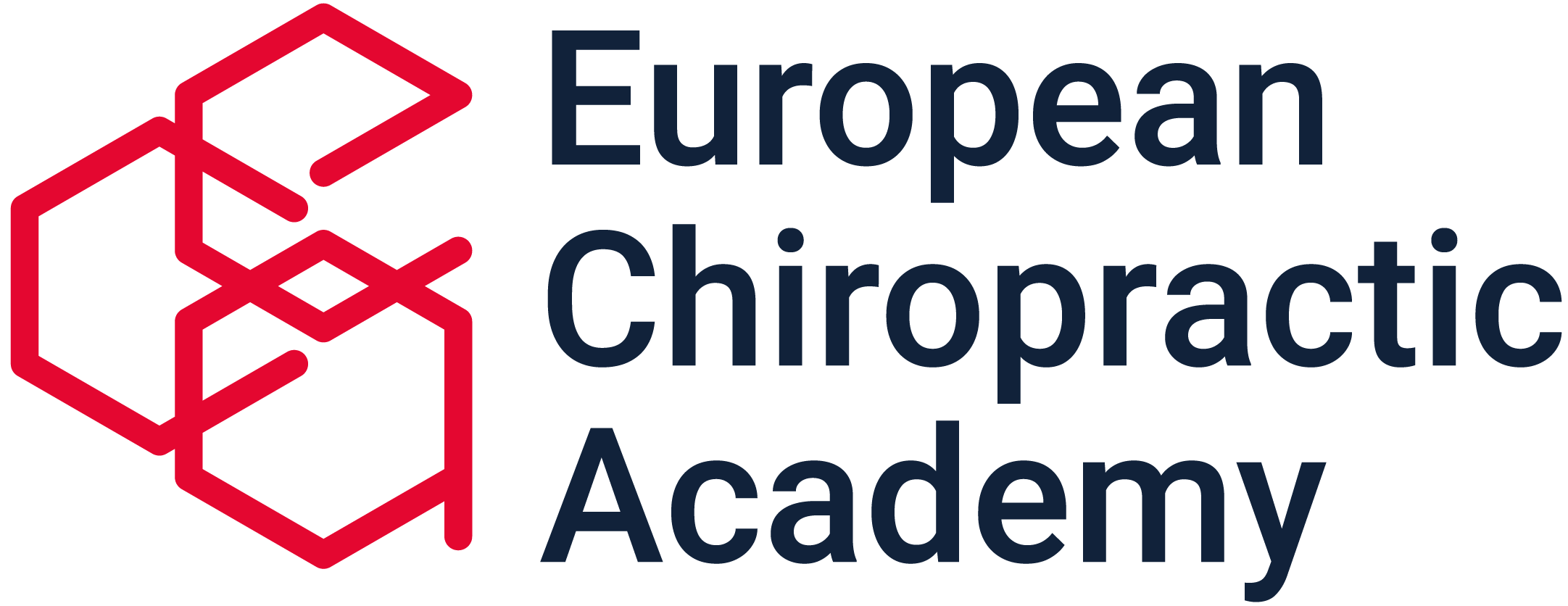
![]() The human body is a true marvel of nature. Developed from two cells, we are today a highly specialized system in which trillions of processes are operating and collaborating simultaneously. Our body controls and regulates all processes independently. Amazingly it is also able to heal wounds or even warn us of developing conditions with diverse symptoms. In chiropractic we call this independent regulatory ability innate intelligence. This intelligence works in each of us until our last breath. This is the same for a Dutch schoolteacher as it is for a tribal Amazonian native from the jungle.
The human body is a true marvel of nature. Developed from two cells, we are today a highly specialized system in which trillions of processes are operating and collaborating simultaneously. Our body controls and regulates all processes independently. Amazingly it is also able to heal wounds or even warn us of developing conditions with diverse symptoms. In chiropractic we call this independent regulatory ability innate intelligence. This intelligence works in each of us until our last breath. This is the same for a Dutch schoolteacher as it is for a tribal Amazonian native from the jungle.
The body is able to produce every substance (e.g. hormones, enzymes) it needs for its homeostasis, provided that the person supplies it with the necessary basic substances from a varied healthy diet and water. The body also eliminates any products that are unnecessary or harmful.
However, innate intelligence only functions smoothly if there is perfect equilibrium in our body, it is free from disturbances and our cells can communicate with one another. If communication between two cells is interrupted, our innate intelligence can no longer supply or heal our body with vital information. The most important connection between all cells is our nervous system. Hundreds of billions of nerve fibers send electrical impulses from the body’s periphery to the brain and vice versa. What if this flow is interrupted? What if a nerve is disturbed, for example, by a seemingly harmless vertebral displacement, restriction, or inflammation? The physical function is then impaired and the performance of our self-healing ability decreases significantly. The balance is disturbed and the body loses its ability to self-regulate. As a result, many different symptoms and diseases can and often do arise.
No remedy in the world will actually help an individual heal if the nervous system remains permanently disturbed. Why attempt surgery and/or medication without first allowing the doctor inside a chance to heal naturally on its own? It is much more effective when we restore or maintain balance in the body. We can do this if we rid our body of nerve disorders and ensure optimal living conditions: daily exercise, healthy diet, sufficient water, a positive attitude and good quality of sleep.
Chiropractic ensures that the nervous system can work properly.

What does chiropractic mean?
The word chiropractic is made up of two Greek words: chiro = hand and practos = apply, do » chiropractic = done by hand. Chiropractic involves location/analysis and correction of spinal, pelvic, and cranial dysfunction that is a detriment to neural integrity. When neural integrity is compromised it is a detriment to the proper functioning of the nervous system which regulates and coordinates all other systems, tissues, cells, and organs.
Origin of chiropractic
Chiropractic originated in the US and is now recognized throughout the world. Daniel David Palmer (1845-1913) the founder of Chiropractic, passed this knowledge to his son Bartlett Joshua Palmer. Chiropractic was further developed and taught at the Palmer School of Chiropractic founded by the father. The school was later modernized and renamed the Palmer College of Chiropractic. Chiropractic has been known to the public since 1895 and is considered a gentle method for people of all ages: babies, toddlers, teenagers, adults, and seniors.
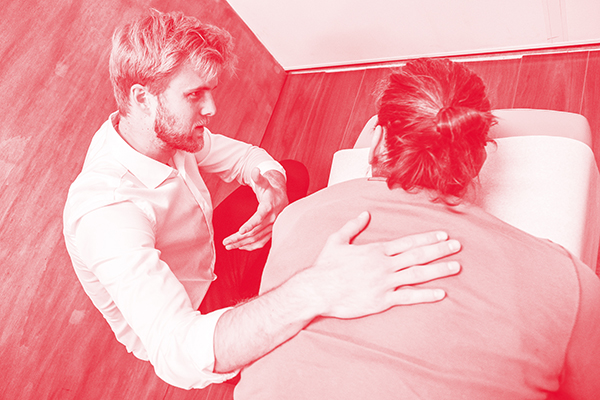
The human nervous system
A vertebra that is displaced due to incorrect posture, wear and tear, accidents, stress or during childbirth, which cannot naturally return to its original position, causes over-stretching and possibly excess pressure or pinching of nerves (called vertebral subluxation complex). In this case, the nerve pathways can no longer transmit sufficient or correct information. As a result, the target organs are no longer properly controlled and thus poorly supplied. The body can compensate for these disturbances for a long time, but it needs a lot more energy for this. When the body can no longer compensate, symptoms usually appear.
The adjustment
Chiropractic is one of the few health professions that exclusively looks for the causes and corrects them with manual techniques or with specially developed aids such as the activator or drop tables. There is no tinkering with symptoms here.
First, the chiropractor uses various diagnostic methods to track down the position of the vertebral displacement and the resulting nerve disorders.
Through a targeted application of force at the appropriate point, a gentle impulse is given that corrects the vertebral/spinal dysfunction.
Once corrected, the distorted nervous signal is reduced or completely resolved. Eliminating nervous system distortion, allows the body’s own regulatory capabilities to be restored and the self-healing function to be activated.
Since every person and body is unique and everyone brings their own life story with them, everyone also processes the spinal corrections in their own individual way and at their own pace. Some people feel an immediate positive effect, others feel nothing for a while or even an intensification of the symptoms at the beginning of care. All of this is normal, and sooner or later everyone will benefit when the balance in the body is restored and maintained.
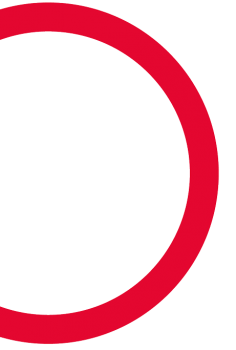
Principles
of modern
Chiropractic
Fix causes
Modern and professional chiropractic is about ridding the nervous system of disturbances caused by spinal dysfunction. Numerous techniques are available for this, all of which work exclusively with gentle impulses. The chiropractic objective is to correct spinal dysfunction, and NOT to eliminate symptoms. Symptoms may provide clues but are not the priority. Symptoms will resolve when the body is free from the spinal dysfunction that interferes with the proper operation of the nervous system. The special thing about chiropractic is the fact that disorders can be tracked down even if no symptoms are yet present. As a result, it is also to be regarded as an excellent means of prevention and should be used in every person and at every age similar to the use of dentistry for good dental health.
Nature has granted all living organisms the intelligent ability to self-regulate, adapt, and heal. However, modern lifestyle and a lack of proper knowledge of our innate abilities we have sadly neglected this powerful wisdom to the detriment of our species and the planet. Chiropractic considers this its greatest mission, to counteract this and to bring health, well-being, vitality, and balance back to humanity and our world!
Examine first, then treat
Before the first chiropractic treatment, there is always a comprehensive investigation into the cause. State-of-the-art techniques are now available for this purpose, which are combined with both reliable manual examinations and proper history taking. The result of these preliminary examinations forms the basis for a care plan tailored to the patient.
If the examination results in unclear findings, it may be that a more in-depth diagnosis such as a blood test or other imaging procedures is necessary before a chiropractic care plan can be drawn up.
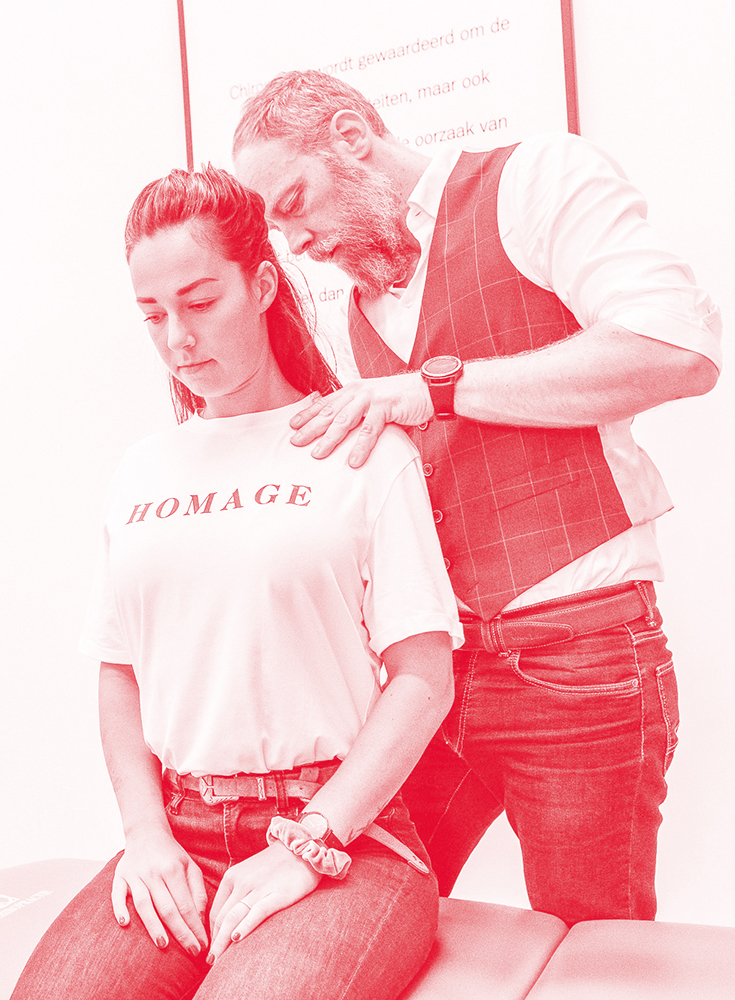
New Technologies
Three-dimensional spine and posture analysis
As a radiation-free alternative to X-rays, a device was developed that combines the most modern video technology in 3D and 4D as well as digital data processing in order to obtain a precise image of the back in three-dimensional space.
A measuring device for recording the surface texture is the basis for examining the back. The data processing unit of the device then evaluates the measured data and determines the shape of the entire back and spine as well as the position of the pelvis and shoulder level.
The analysis of the result enables precise diagnoses with regard to the position of the spine and posture and serves as the basis for chiropractic treatment.
Diagnosis:
Scoliosis
Scoliotic bad posture
Pelvic malposition
Craniomandibular Dysfunction (CMD)
Kyphosis / lordosis
Leg length differences
Foot misalignments
Benefits:
Radiation-free method
Immediate measurement result
Repeatable as often as required (progress control)
Immediate proposal for therapy options
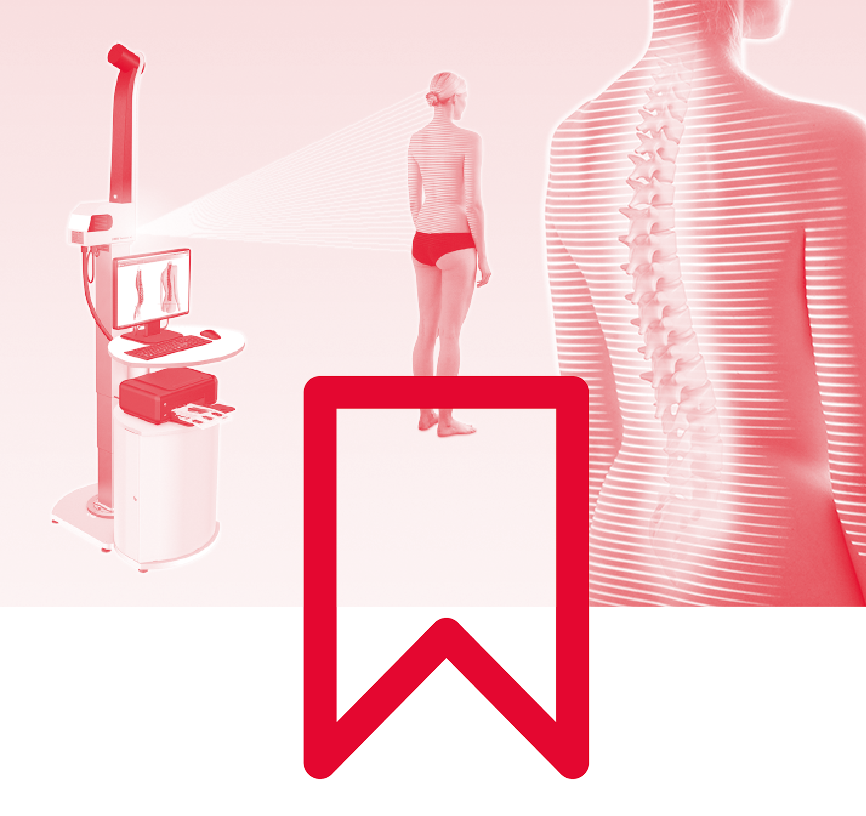

Foot pressure and gait analysis methods
The modern sensor technology used here enables the detection of the smallest pressure forces on the foot thanks to a high sampling frequency. The subsequent vector analysis is the decisive basis for the representation of the pressure conditions of the individual foot, both in standing and in movement. From the distribution of load, pressure peaks, movement asymmetries and rolling behavior, conclusions can be drawn about the position of the feet, gait and thus indirectly about the entire body posture.
Opportunities:
- Static foot pressure measurement for recording the pressure conditions while standing
- Balance and coordination test
- Dynamic measurement for recording the pressure distribution when walking
- Acquisition of the force vectors for speed and acceleration
Diagnosis:
- Misaligned feet
- Imbalances in gait
- Posture Analysis
Posture Analysis
Isometric muscle strength measurement method
A solid and reliable system has been developed to record the isometric strength relationships of the trunk, leg and arm-shoulder muscles, which records up to 28 measuring directions and is also equipped for use in biofeedback therapy. The recording of the posture-relevant muscle parameters allows conclusions to be drawn about muscular imbalances.
Opportunities:
- Recording of the isometric maximum forces
- Diagnosis of muscular imbalances
- Follow-up checks
- Use of the results for therapies
Diagnosis:
- Immediate display of the measurement results
- All measurements possible in one system
- Fast implementation
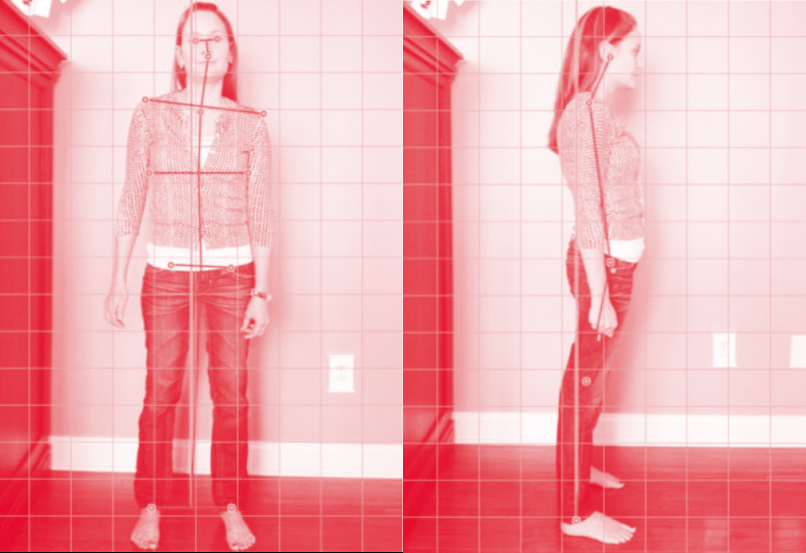
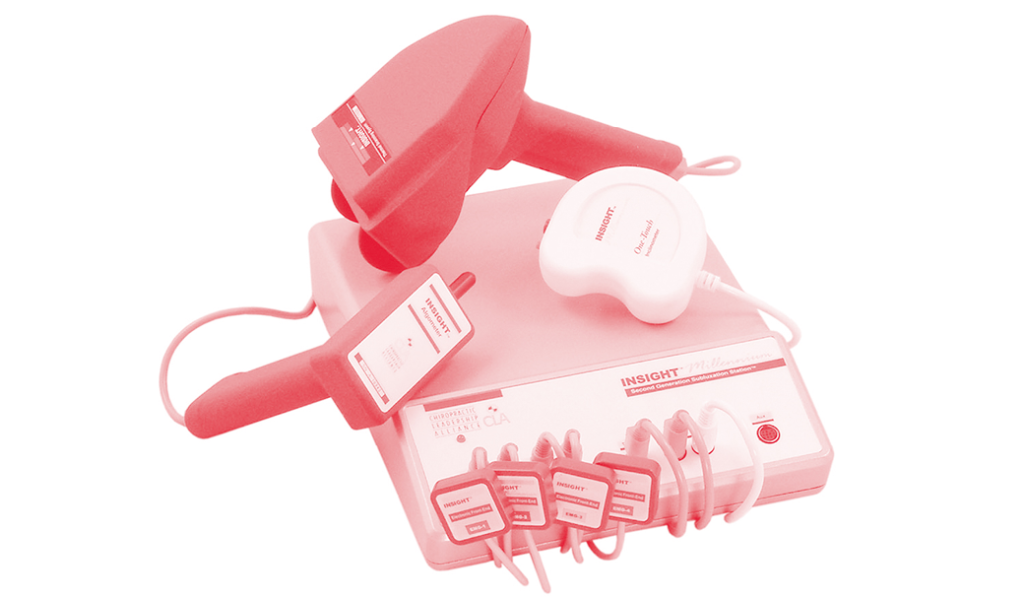
Spine diagnostics with Insight-Millennium®
As a further radiation-free and pain-free alternative to X-rays, a device was developed that enables an analysis of the autonomic nervous system. Here, the skin temperature over the vertebral bodies is measured using infrared sensors (thermal scan) and recorded and displayed by the associated software.
Temperature differences give indications of nerve irritation in the respective measured area and allow conclusions to be drawn about the position of subluxations and the functionality of the corresponding glands, organs and vessels.
Chiropractic
Techniques

This gentle technique was invented by Dr. Major Bertrand DeJarnette a pioneer in osteopathy and chiropractic. Its technology has been refined and completed over more than half a century and has proven itself in numerous examinations, studies and clinical applications.
The focus of the care is the restoration of the nerve function and a healthy circulation of CSF (cerebral spinal fluid). For this purpose, the free mobility of the sacrum and the cranial bones as well as the meninges and breathing are checked. Incorrect tension in the meninges and spinal cord membranes as well as an impaired or changed flow of the CSF can impair the function of the nervous system. As a result, there may be various symptoms of disease.
Dr. DeJarnette’s years of research into human structures and their disorders led to a division of the symptom pictures into three different categories, which correspond to different stages of health loss. After the division into the appropriate category, independent and specific care is provided according to the SOT system, which provides for different types of positioning of the body. It is supported by specially arranged, wedge-shaped blocks in the area of the pelvis, which creates gentle and targeted pressure.
Gravity and breathing support the slow movement that now takes place in the correct posture. The entire body is holistically adjusted. Healing
processes are set in motion and existing pain often disappears within
seconds.
Together with manual organ therapy (MOT) and craniopathy, the SOT combines to form the most comprehensive chiropractic discipline.
This decompression adjustment was developed by Dr. James Cox. The central aid here is a specially designed table that enables flexion and distraction of the spine and is utilized in a wide variety of spinal disorders, including acute and painful herniated discs.
The table enables gentle and rhythmic pulling and pushing movements that have a pumping effect on the intervertebral space and the intervertebral disc. The stressed nerves are relieved, which eases pain and relaxes the muscles. With repeated use, the intervertebral discs and vertebral joints can return to their natural position. Inflammatory and painful processes caused by pressure can be reduced. The restored natural mobility leads to a healing of the disorder. With this method it is particularly important to analyze the exact position of the affected spinal segments using X-rays or MRI images.
Developed by Clarence S. Gonstead this technique is considered to be one of the safest methods of chiropractic, because subluxations can only be remedied manually by applying targeted pressure to the affected vertebra – without any rotational movements! As with all techniques, the adjustment is preceded by a specific examination of the spine in order to precisely adjust the subluxations. It was particularly important to Dr. Gonstead to find the exact location of the disturbances and not to adjust all hypo or hyper-mobile vertebrae. It is true that when adjusting mere compensations, a “crack” can often be generated, which provides short-term relief, however the primary goal of chiropractic care is to remedy the cause not just to “crack” the spine. If the original subluxation is adjusted, the compensations created in a chain reaction often self-correct. For the precise localization of the subluxation, the Gonstead technique originally used x-ray image analysis and the Nervo-Scope®. However, modern devices and technologies such as the Insight Millennium® optimally complement the previous investigation.
The cervical spine is the most flexible, and most delicate section of our spine. The nerve fibers adjacent to and exiting from it control and regulate central functions such as breathing. It is of particular importance in chiropractic because of both its proximity to the brain stem and the vital functions regulated by the associated nerve fibers. Because of its filigree and flexible nature the cervical spine reacts to the smallest stimuli and can be adjusted very successfully to create an enormous and profound impact on overall health. Chiropractic uses a wide variety of safe and effective techniques to adjust subluxations in the cervical area.
With the assistance of technical instruments, very specific impulses can be given during the adjustment. The best known are the mechanically operated
activator with adjustable pulse strength and the ArthroStim, an electrically operated pulse generator that reacts to the force used by the practitioner and emits a pulse frequency of 12 impacts / second in order to achieve effective excitation of the mechano-receptors.
In the 1930s, Dr. B.J. Palmer developed a new theory that differentiated chiropractic from all other methods, the so-called hole / whole-in- one principle (HIO principle). He was of the opinion that only the first two cervical vertebrae, the Atlas and Axis due to their anatomical peculiarities, could be moved in all three dimensions and consequently blocked. He referred to correction of only the first two cervical vertebrae, C1 and C2 as Upper Cervical Specific Chiropractic care. If only this area were to be adjusted, then there would be an automatic self-correction of all vertebrae below. His theory sparked fierce controversy that continues to the present day. In fact, the upper part of the cervical spine is exposed to the most violent influences beginning at birth, and it can be that subluxations are already present. These may initially go unnoticed, but later, as a result of potential compensations and possible further subluxations, it can lead to serious health problems. Research shows that correction of the Upper Cervical spine alone triggers sustainable healing processes!
However, it cannot be ruled out that the original subluxation occurred in another area and that the diagnosed subluxation in the upper cervical is merely a consequence of this. Before beginning care, it is important to find out when and how the first subluxation occurred by taking a thorough medical history that would include all past traumas, injuries, and surgeries. Then the chiropractor conducts a detailed preliminary examination of the patient with all available means. Only then should a decision be made as to whether an atlas adjustment is an option.
Cranial techniques, are an important component of SOT, and a special method of chiropractic, in which the attention is given to the jaw and skull with its individual bone and the fine micro-movements at the sutures of the bone plates. Even slight shifts in these so-called cranial sutures have an effect on the distribution and mobility of the cerebrospinal fluid and the protective tissue surrounding the brain and spinal cord (meninges). This influence creates states of tension that continue throughout the entire spine thereby creating a negative impact on the central nervous system and may cause problems in the lower spine. Conversely a subluxation in the pelvic area can cause problems in the upper spine and not just local nerve disorder. This demonstrates how important the exact localization of a subluxation is and that the disorder is not always where symptoms occur.
Thompson Terminal Point Technique (Thompson Technique or TTPT for short) developed by Dr. J. Clay Thompson, focuses primarily on leg length as a reliable method of analysis. Nerve interference due to Subluxation (nerve interference due to compromised spinal integirty), often creates an uneven muscle tone. This imbalance is reflected in different leg lengths. If the patient turns his head left and right in the prone position, the chiropractor can use the change in relative leg lengths to determine which direction one or more cervical vertebrae have shifted. Further analysis enables the chiropractor to identify subluxations in the rest of the spine, ribs, and pelvis. The technique is carried out on special tables with individual segments that can be lifted and then dropped with an impulse.
American Dr. Tedd Koren used existing chiropractic, neuro-emotional, craniosacral and visceral osteopathic techniques to develop an examination and adjustment method that focuses on the region of the back of the head and incorporates the biofeedback mechanism. A disturbance within the muscular system that erects the spine – triggered by physical and psychological trauma that still stresses the body and can also lead to subluxations – manifests itself in minimally palpable movements of the muscles on the back of the head to one side. The body gives a signal and thus an indication of the disorder. Such consciously imperceptible body signals can be felt by the practitioner and show him/her where an correction is necessary. The subsequent adjustment can take place anywhere on the body and in any posture and is carried out using low-force techniques. The special thing about this technique is that the triggering trauma that has manifested itself in the body tissue can best be resolved in the exact position in which it originated. So the body first remembers the traumatic situation and then learns that, for example, constant tension is no longer necessary by following the impulse that resolves the disturbance.
